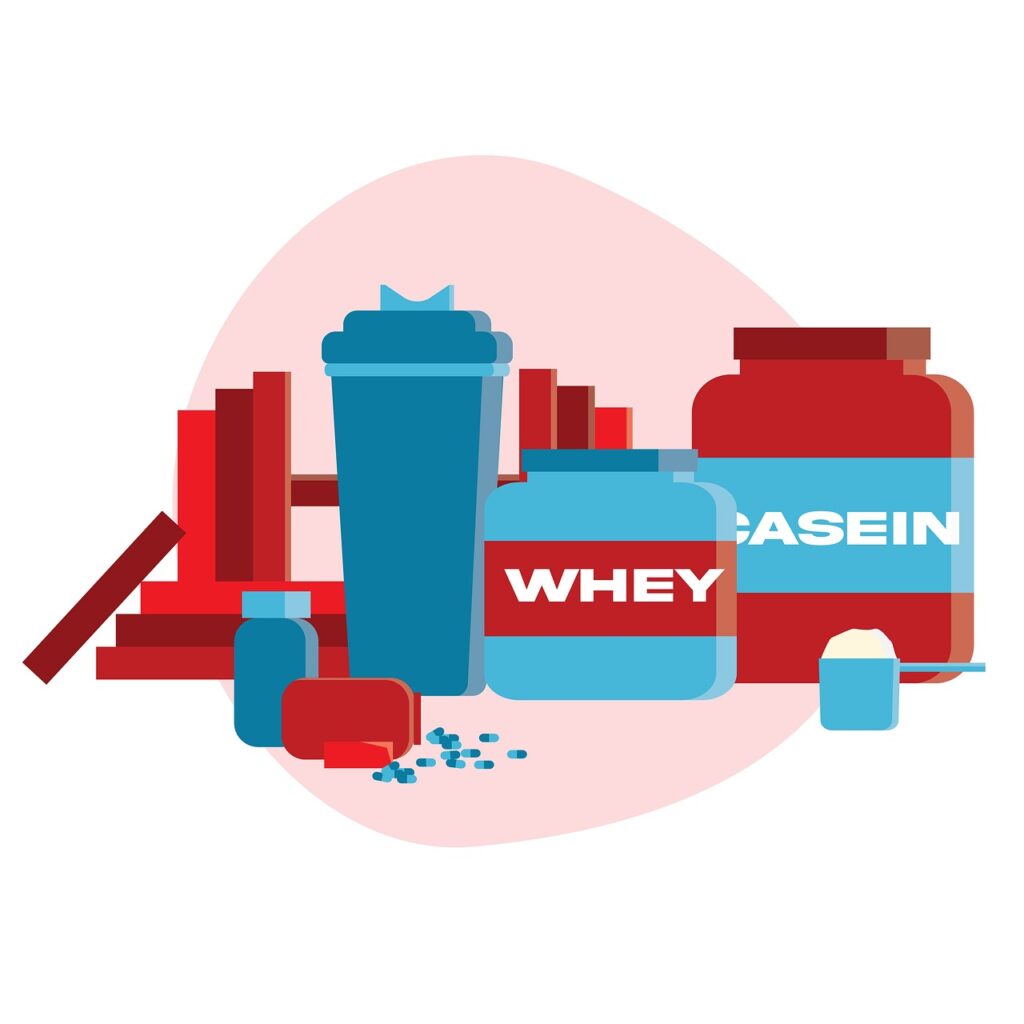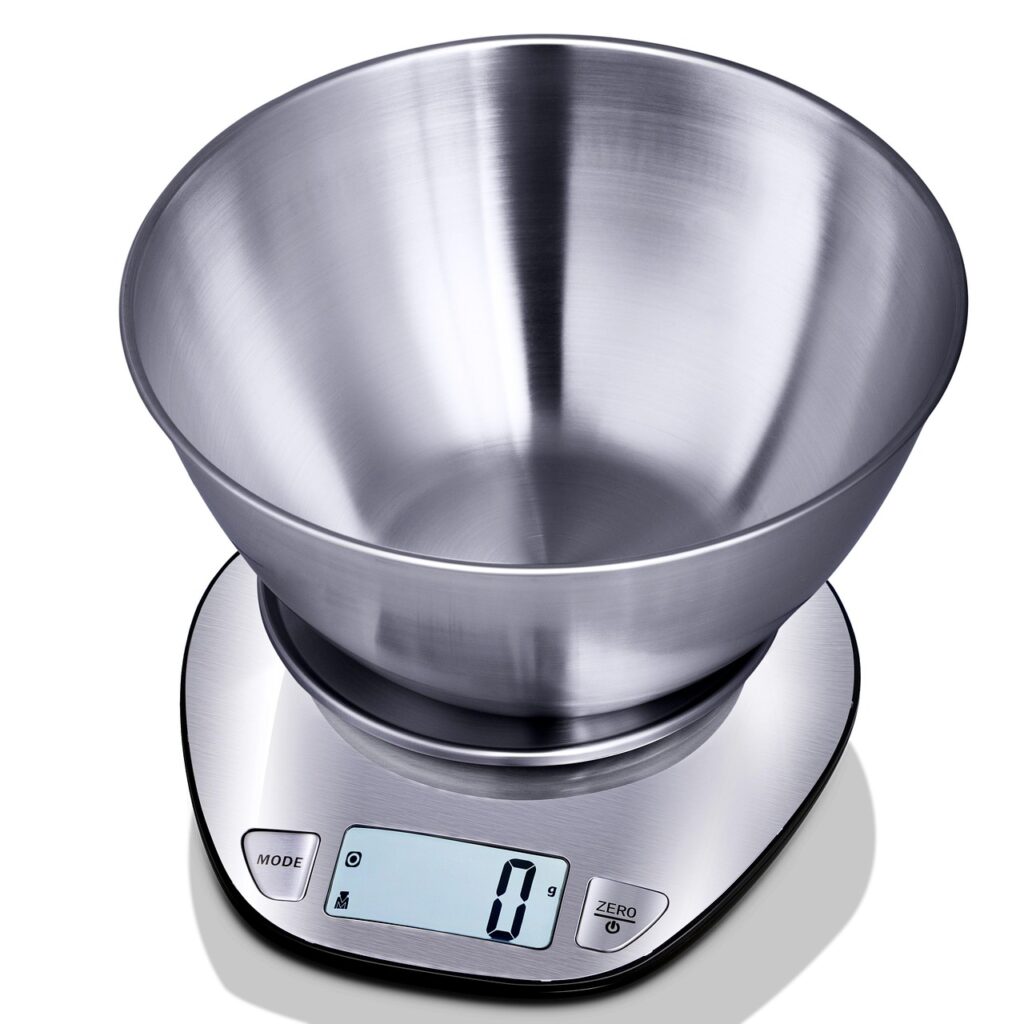Gaining lean muscle is a goal for many, but the journey can be confusing. It’s not just about lifting weights and eating more — it’s about strategically combining training, nutrition, and recovery. Whether you’re a beginner or a seasoned gym-goer, understanding how to build muscle efficiently is essential for seeing long-term results.
In this comprehensive guide, we’ll break down the key strategies for gaining lean muscle and getting the body you desire.
What is Lean Muscle?
When people talk about gaining lean muscle, they refer to muscle growth without excessive fat gain. Unlike traditional “bulking,” which often allows for some fat gain, the goal with lean muscle is to maximize muscle growth while keeping fat to a minimum. The result is a defined, strong, and sculpted physique — not just size, but quality muscle.
Gaining lean muscle is a delicate balance between lifting weights, fueling the body with the right nutrients, and allowing enough time for recovery and rest. Let’s break down how to achieve this balance.
1. Training: Lifting Smart, Not Just Hard
Strength training is the cornerstone of any muscle-building routine. But it’s not just about lifting heavy weights; it’s about lifting in a way that promotes muscle growth (hypertrophy).
Focus on Compound Movements
When it comes to building lean muscle, compound exercises are essential. These movements engage multiple muscle groups and help stimulate maximum muscle growth.
* Squats: Target quads, hamstrings, glutes, and lower back.
* Deadlifts: Work the entire posterior chain, including back, glutes, and hamstrings.
* Bench Press: Focuses on chest, shoulders, and triceps.
* Rows: Target the back and biceps.
* Overhead Press: Engages the shoulders, triceps, and upper chest.
These movements are efficient and provide the best results in terms of muscle recruitment and strength.
Hypertrophy Training: 8–12 Rep Range
While lifting heavy with lower reps (1–5) can help build strength, hypertrophy — muscle growth — thrives in the 8–12 rep range. This rep range promotes muscle fatigue, metabolic stress, and muscle fiber damage — all essential for muscle growth.
* 3–4 sets per exercise
* Rest 60–90 seconds between sets for optimal recovery
* Progressive overload: Gradually increase the weight, reps, or sets over time to ensure muscles continue to grow.
Isolation Exercises
While compound exercises should be the foundation, isolation exercises help refine specific muscle groups and target weak points. Exercises like bicep curls, tricep pushdowns, and lateral raises can help you shape and define muscles once the basics are covered.
Consistency and Variation
Muscle growth requires consistent effort. You must also vary your workouts to prevent plateaus. Change up the exercises every 4–6 weeks to keep the muscles adapting.


2. Fueling the Body: The Role of Nutrition in Muscle Gain
Muscle growth requires fuel, and your diet plays a pivotal role in how effectively you gain lean muscle. Without proper nutrition, your body won’t have the resources it needs to repair and grow muscle fibers.
Macronutrient Breakdown
* Protein: Protein is the most important macronutrient for muscle gain. Aim for 1.6–2.2g of protein per kilogram of body weight. Protein helps repair and rebuild muscle fibers after resistance training.
* Sources: Chicken, turkey, lean beef, eggs, dairy, tofu, lentils, quinoa, and protein powder.
* Carbohydrates: Carbs are your primary source of energy. They provide fuel for your workouts and help replenish glycogen stores in your muscles after training.
* Sources: Whole grains (brown rice, oats, quinoa), starchy vegetables (sweet potatoes, butternut squash), fruits, and legumes.
* Fats: Healthy fats support hormone production (including testosterone, which is vital for muscle growth). Fats also help in nutrient absorption and overall well-being.
* Sources: Nuts, seeds, avocado, olive oil, and fatty fish like salmon.
Caloric Surplus for Muscle Growth
In order to gain muscle, you need to be in a slight caloric surplus — meaning you consume more calories than your body burns. However, this doesn’t mean you should go overboard. Aim for an excess of 250–500 calories per day, depending on your body and activity levels.
The key is to eat clean, nutrient-dense foods that will fuel muscle growth without contributing to excessive fat gain.
3. Recovery: The Key to Muscle Growth
While training is essential, muscle growth occurs when you’re not working out — during your recovery period. Without proper rest and recovery, your muscles will not grow efficiently, and you risk overtraining and injury.
Sleep: The Foundation of Recovery
Sleep is perhaps the most underrated aspect of muscle gain. During deep sleep, the body releases growth hormone, which helps muscle recovery and growth. Aim for 7–9 hours of quality sleep each night.
Rest Days and Active Recovery
Rest is essential. Don’t train the same muscle group two days in a row. Incorporate rest days into your training routine to give your muscles time to repair. You can also include active recovery days, where you engage in light activities like walking, yoga, or swimming to keep the body moving without overloading your muscles.
Stretching and Mobility Work
Mobility work is often neglected but can improve muscle function and reduce injury risk. Include dynamic stretches before workouts and static stretches post-workout to improve flexibility and range of motion.


4. Supplements: Do You Really Need Them?
Supplements can aid muscle growth, but they are just that — supplements to your nutrition, not replacements for whole foods. Here are a few popular and proven supplements that can support muscle gain:
* Whey Protein: This fast-digesting protein is perfect for post-workout recovery. It provides all essential amino acids needed for muscle repair.
* Creatine Monohydrate: One of the most researched supplements, creatine helps improve strength and power, allowing you to lift heavier and train longer.
* Branched-Chain Amino Acids (BCAAs): These help in reducing muscle breakdown and improving recovery.
* Fish Oil (Omega-3 fatty acids): Reduces inflammation and supports overall muscle health.
While supplements can help, they should never replace a balanced diet of whole foods.
5. Tracking Progress: Patience is Key
Building lean muscle takes time, so it’s crucial to track your progress to ensure you’re on the right path.
Progress Photos and Measurements
Take photos weekly or bi-weekly and track measurements of your arms, chest, waist, and legs. This gives you a visual representation of your progress and helps you stay motivated.
Strength Gains
Monitor your strength levels in the gym. If you’re consistently increasing your weights or reps, that’s a sign your muscles are growing.
6. Common Mistakes to Avoid
As you pursue your muscle-building goals, avoid these common pitfalls:
* Neglecting Recovery: Overtraining without proper rest can lead to injury and stunted muscle growth.
* Eating Too Much Junk Food: While you need a caloric surplus, it should come from nutrient-dense foods, not processed junk.
* Ignoring Progressive Overload: Without gradually increasing the intensity of your workouts, your muscles will stop growing.
* Focusing Only on Isolation Exercises: Compound exercises should be the foundation of your routine.


Final Thoughts
Gaining lean muscle is a challenging yet rewarding process that involves a combination of smart training, proper nutrition, and optimal recovery. Consistency is key. Stay patient, track your progress, and keep pushing yourself in the gym. The results will come, and you’ll be rewarded with a leaner, stronger, and more defined physique.
Remember, it’s not about rushing the process. It’s about building a solid foundation of strength that lasts.
